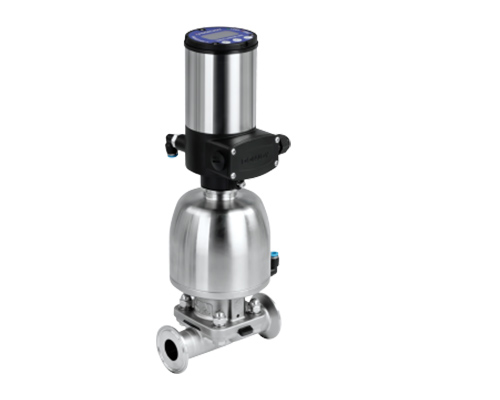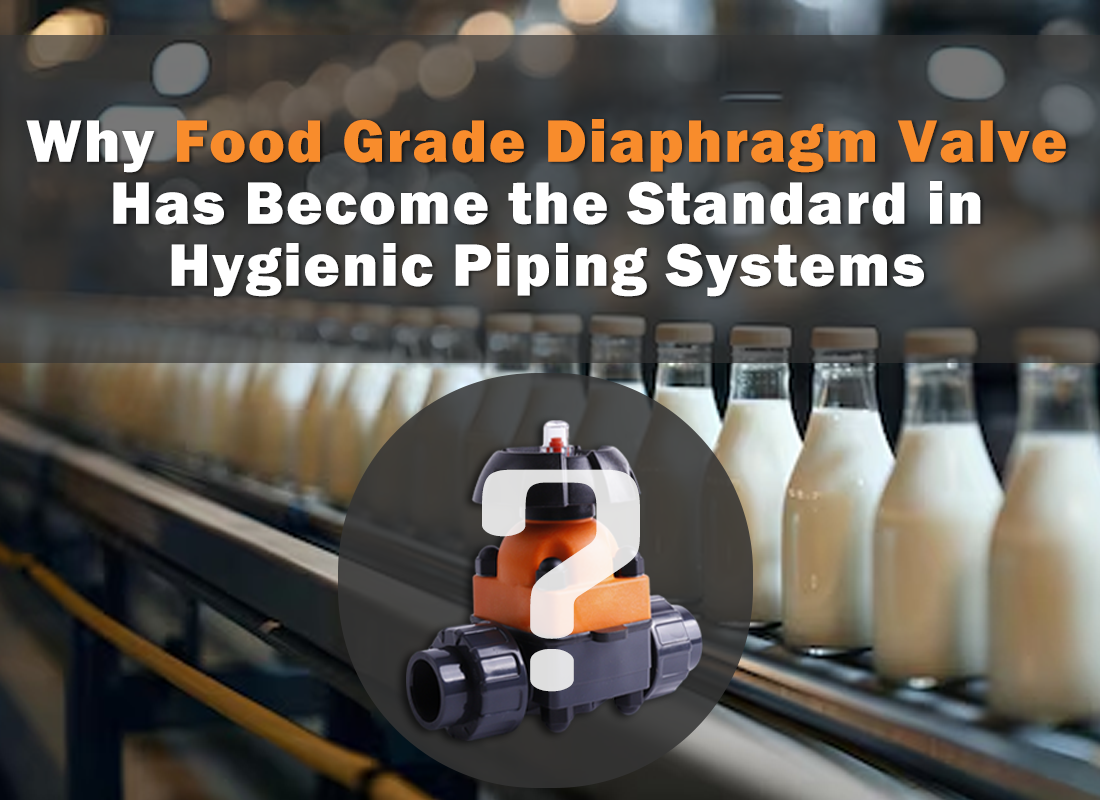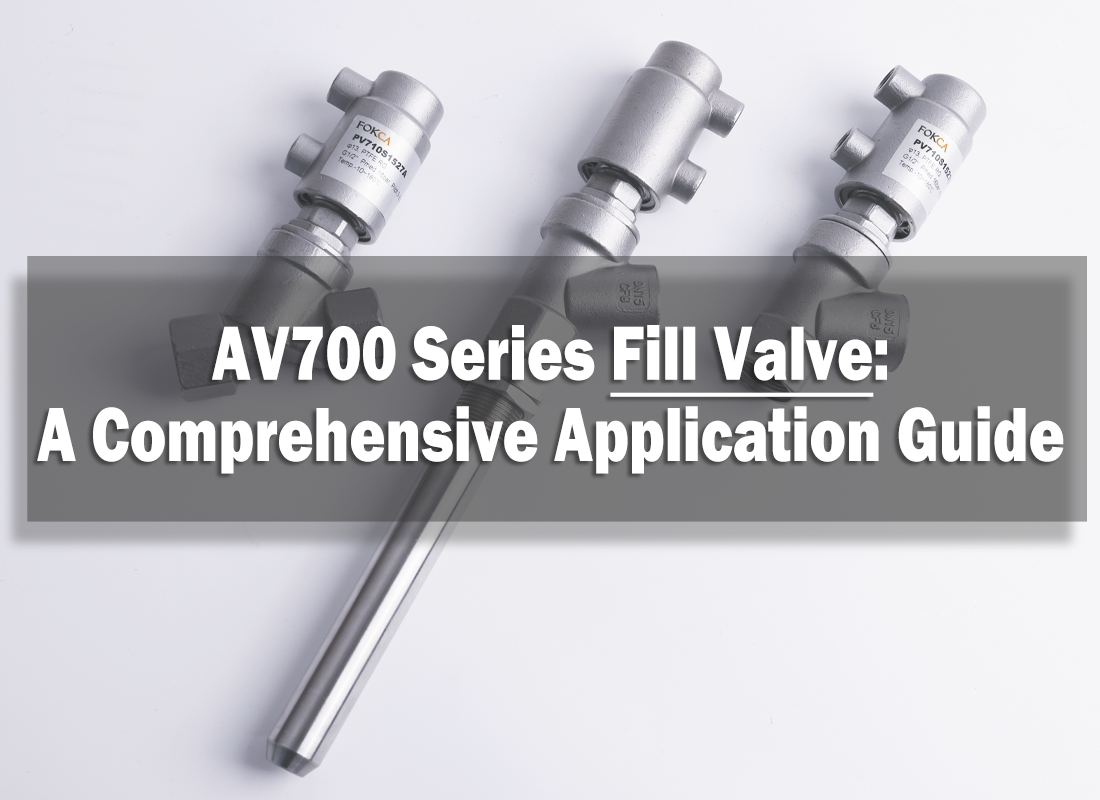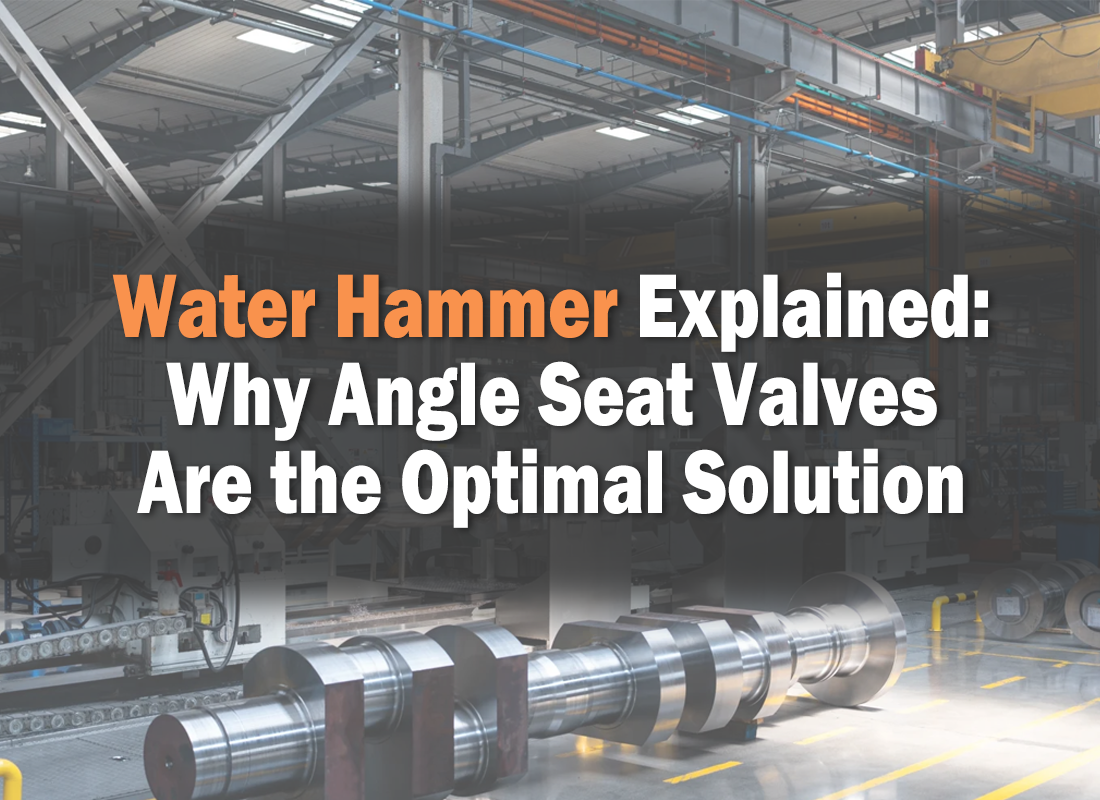Aug 27, 2025
In the broad field of industrial fluid control, the Pneumatic Diaphragm Valve has become one of the preferred valves for handling high-purity, high-viscosity, corrosive, and particle-containing fluids, thanks to its unique isolated design and exceptional sealing performance. This article will delve into the working principle, core advantages, typical applications, and key selection points of pneumatic diaphragm valves, providing you with a comprehensive understanding of this critical equipment.
The Diaphragm Valve is a special type of shut-off valve that combines a pneumatic actuator with a diaphragm valve body. Its core design lies in the use of a elastomer diaphragm as an isolating barrier between the valve core and the valve seat. The air operated actuator drives the diaphragm to move up and down, thereby achieving the opening and closing of the flow channel. This design completely isolates the fluid medium from the actuator and the external environment.

The working principle of a Pneumatic Diaphragm Valve is highly intuitive and efficient:
Pneumatic Signal Input: Compressed air enters through the inlet port of the pneumatic actuator.
Actuator Movement: The air pressure drives the piston or diaphragm within the actuator, generating linear displacement.
Diaphragm Activation: This linear displacement is transmitted downward via a connecting shaft, compressing the flexible diaphragm.
Diaphragm Deformation: The diaphragm deforms downward, contacting the base of the weir-shaped valve body to form a seal, thereby closing the flow channel.
Spring Return: When the air pressure is released, the spring within the actuator or reverse air pressure pushes the diaphragm upward to its original position, reopening the flow channel.
This entire process ensures complete isolation between the flow channel and the driving components, guaranteeing the valve's sealing performance and safety.
Core Structure:
Pneumatic Actuator: Provides the power source, typically double-acting or spring-return (single-acting) types.
Diaphragm: The "heart" of the valve, made of elastic materials (e.g., PTFE, EPDM, NBR) for corrosion and wear resistance.
Valve Body: Commonly available in straight-through and weir types. The weir type offers better shut-off performance and throttling control.
Bonnet: Isolates the actuator from the valve body, preventing media contact with upper components.
Key Features and Advantages:
Absolute Isolation: The media only contacts the diaphragm and the valve body cavity, making it ideal for sterile and high-purity applications.
Excellent Sealing: A packless design eliminates the risk of external leakage.
Low Flow Resistance: A smooth flow path is particularly suitable for conveying viscous fluids, slurries, or media with particles.
Easy Maintenance: Wear-prone parts like the diaphragm can be replaced online without removing the valve body, reducing maintenance costs.
Simple Operation: Pneumatic control ensures quick response and easy integration into automated systems.
Due to their unique advantages, pneumatic diaphragm valves are widely used in the following industries:
Pharmaceutical and Bioengineering: For purified water, water for injection (WFI), clean steam, and pharmaceutical fluid transfer, meeting CIP/SIP (Cleaning-in-Place/Sterilization-in-Place) requirements.
Food and Beverage: Handling fruit pulps, dairy products, syrups, alcoholic beverages, etc., complying with sanitary standards (e.g., 3-A, FDA).
Chemical and Electroplating Industries: Safely controlling corrosive and hazardous chemicals like acids, alkalis, and solvents.
Water Treatment and Papermaking: Transporting slurries, lime milk, wastewater, flocculants, and other media.
Ceramics and Mining: Handling highly abrasive slurries and ceramic raw materials.
Consider the following key factors during selection:
Valve Body and Diaphragm Material: Choose based on media corrosiveness and temperature (e.g., PTFE diaphragm temperature range). Common materials include 316L stainless steel, CF8M, PVC for valve bodies; PTFE, EPDM for diaphragms.
Pneumatic Actuator Type: Select double-acting (air-to-open, air-to-close) or spring-return (fail-safe open/close) based on control requirements.
Valve Size and Connection Type: DN15-DN200, with connections such as flanged, threaded, or clamp-type (sanitary).
Operating Pressure and Temperature Range: Ensure valve parameters meet process requirements.
Special Certifications: Such as sanitary (3-A, FDA), explosion-proof (ATEX), or other industry-specific certifications.
In summary, the Pneumatic Diaphragm Valve is an exquisitely designed and highly critical fluid control device. By completely isolating the driving components from the media, it provides an optimal solution to leakage, contamination, and corrosion challenges. If you have other quesition,contact us directly!
Whether in pharmaceutical plants requiring sterile environments or industrial sites handling harsh media, it plays an indispensable role. Proper selection and maintenance of pneumatic diaphragm valves are essential for ensuring stable, efficient, and safe operation of production processes.From selection to delivery to technical support, fokca will always be with you.
 Pneumatic Actuator: The Core Power Unit Behind Industrial Automation
Pneumatic Actuator: The Core Power Unit Behind Industrial Automation
 Why Food Grade Diaphragm Valve Has Become the Standard in Hygienic Piping Systems
Why Food Grade Diaphragm Valve Has Become the Standard in Hygienic Piping Systems
 AV700 Series Fill Valve: A Comprehensive Application Guide
AV700 Series Fill Valve: A Comprehensive Application Guide
 Pilot Pressure vs Working Pressure in Industrial Valves: Key Differences and Selection Guide
Pilot Pressure vs Working Pressure in Industrial Valves: Key Differences and Selection Guide
 Water Hammer Explained: Why Angle Seat Valves Are the Optimal Solution
Water Hammer Explained: Why Angle Seat Valves Are the Optimal Solution
You May Interest In
FOKCA ©1998-2025 All Rights Reserved Sitemap